5. Teenage Mutant Ninja Turtles III
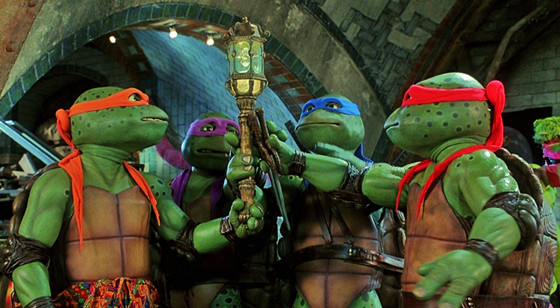
No one will argue that the first two live-action Teenage Mutant Ninja Turtles movies were anything more than enjoyable popcorn entertainment. They may have lacked the wit present in the comics and cartoons, but they at least strove to tell a chemistry-driven story with decent set pieces.
The third film, on the other hand, was something indefensible. To start with, the costumes looked bad, probably because Golden Harvest, the production company, chose to end their relationship with Jim Henson’s Creature Shop (which had provided the first movies’ suits) in place of a cheaper alternative.
In addition to this, the plot abandoned the science fiction background of the two predecessors in exchange for a convoluted time travel premise that was probably intended to pay homage to the Japanese influences on the franchise, but instead ended up being offensive. Not even Michael Bay’s subsequent reboot has anything on this flick.
4. Justice League of America (1997 film)
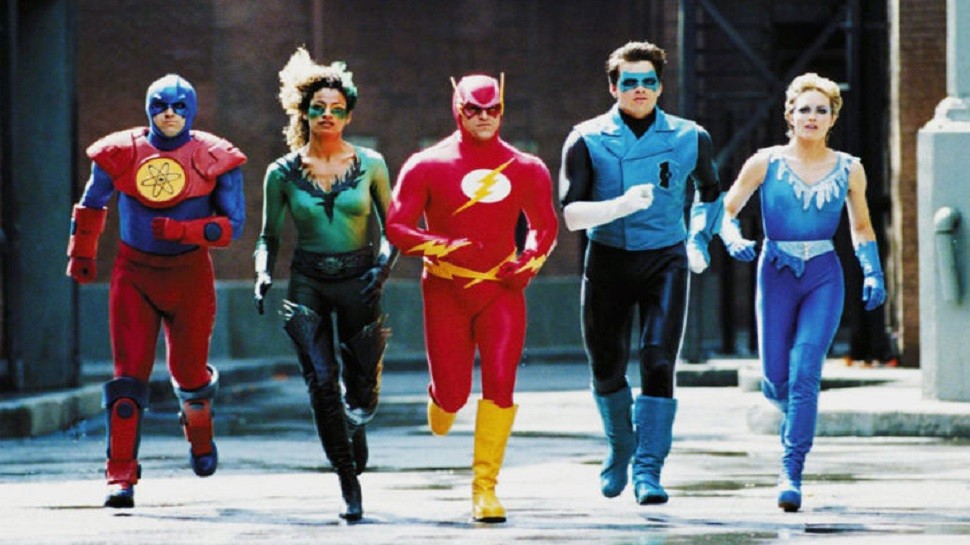
2017’s “Justice League” is one of the most anticipated superhero movies of all time. However, contrary to popular belief, it will not be the cinematic debut of the famous DC Comics’ superhero team, as that title tragically belongs to another movie.
In 1997, CBS commissioned a pilot be made for a potential live-action Justice League television show. The idea of conceiving an effects-heavy property for the small screen is an amusing prospect in its own right, but nothing can beat the laughable product that followed from this half-baked project.
It is one of those movies that must be watched to be believed, but before you do, take some advice from beloved comic book creator Mark Waid regarding it: “[That’s] 80 minutes of my life I’ll never get back.”
3. Barb Wire
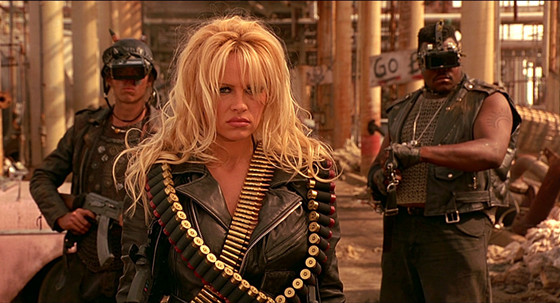
In a very strange way, “Barb Wire” should have been the perfect vehicle for Pamela Anderson. After all, the short-lived Dark Horse series of the same name was only remembered for its big breasted “girl with gun” heroine that kicked ass and took names.
What the producers of the film seem to have forgotten, though, is that when you are making a film about a subject like this, the only way to do it any justice is through a tongue-in-cheek approach. “Barb Wire” strove to be serious, and in doing so elevated the stakes of everything: now, the film had to look like “Blade Runner” (it didn’t), have thrilling action like “Tron” (it didn’t), and actually have good acting from its leads (it didn’t). The end result is something that even cultists might have difficulty accepting.
2. The Fantastic Four
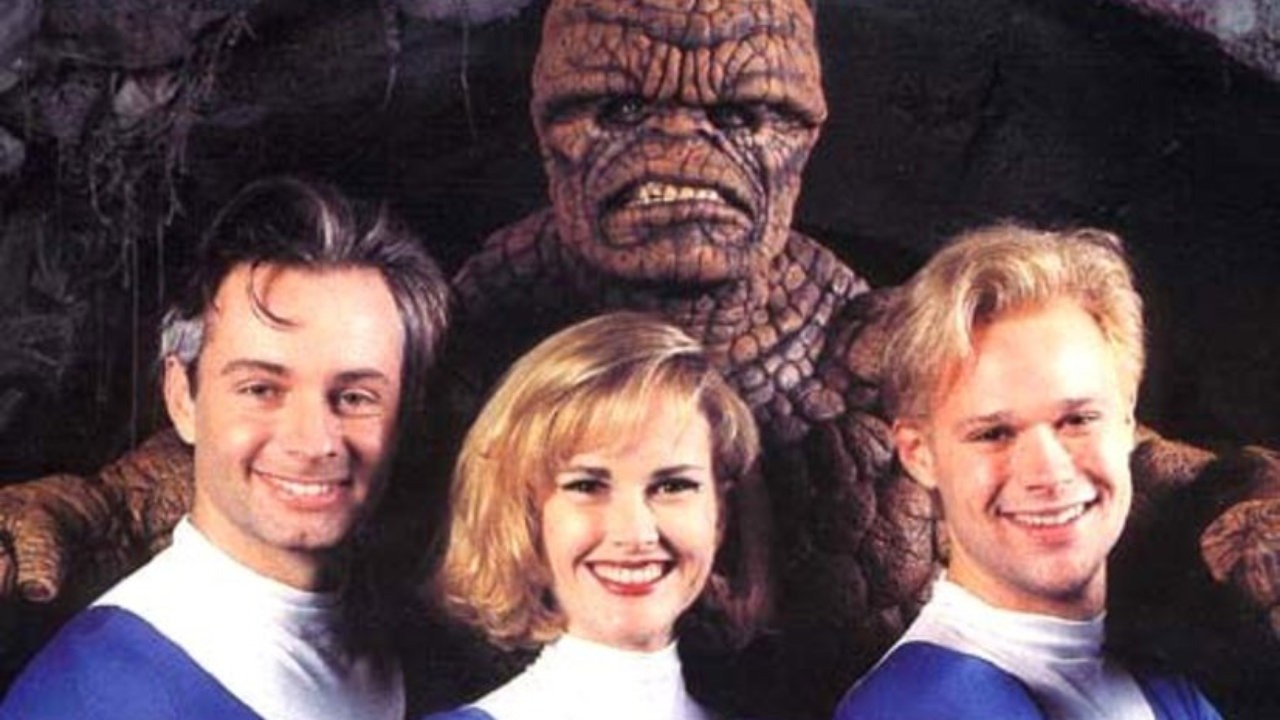
Roger Corman is a very interesting person as he has simultaneously been praised by both mainstream and indie filmmakers. Corman helped many famous actors and directors find their footing in the film industry, while also giving us some of the zaniest B-movies ever.
It is sad, then, that his name also be forever tied to the travesty that was “The Fantastic Four”. Made solely for the purpose of letting German producer Bernd Eichinger keep the rights to the characters, “The Fantastic Four” is an example of attempting to make a blockbuster out of a shoestring budget. The costumes looked cheap, the visual effects lacked sufficient rendering, and the whole production design was just sloppy.
Ultimately, the movie did serve its purpose: be unwatchable to the public.
1. The Spirit
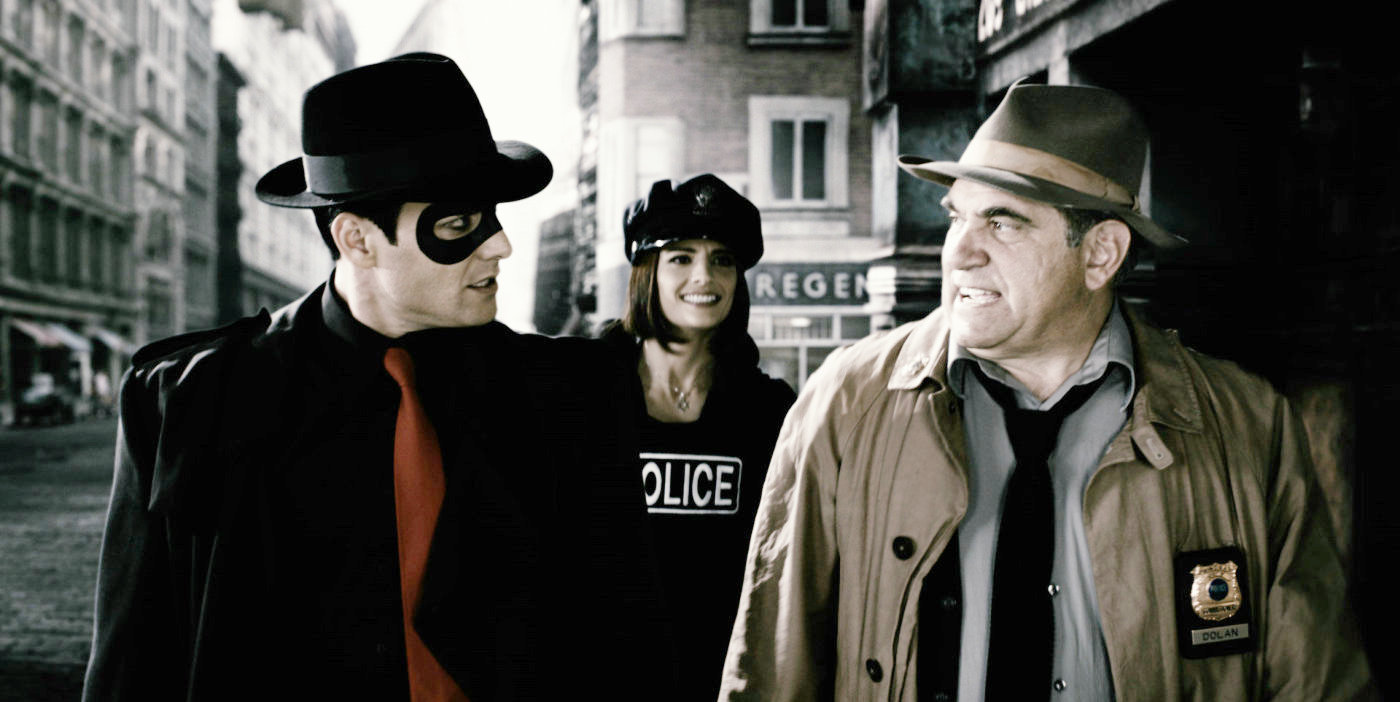
If there was ever a biography worth writing about one man’s fall from grace, it would have to be Frank Miller. Widely considered by many in the comic industry to be the greatest writer of the 1980s, Miller was responsible for introducing a level of grittiness and realism that publishers had previously abstained from to avoid running into issues with the strict Comics Code Authority. His influence remains strong to this day on characters like Batman, Daredevil, and Wolverine.
Sadly, beginning at the end of his stint on “Sin City” in the 1990s, something cracked in Miller. Instead of characters, he was making caricatures. Every single character in works like “300”, “The Dark Knight Strikes Again”, and “Holy Terror” were one-dimensional, obnoxious conceptions that lacked any sort of entertainment value.
Miller’s film career translated this quality decline near-verbatim. While the first “Sin City” managed to retain enough of co-director Robert Rodriguez’s compact storytelling to be revered, the sequel in 2014 proved to be garbage. However, not even that tops the travesty that was “The Spirit”.
An attempted adaptation of Will Eisner’s iconic series from the 1940s, Miller wanted to honor Eisner in apparently the same way M. Night Shyamalan wanted to honor fans of “Avatar: The Last Airbender”. Turning Eisner’s plucky cast into an overacted, over-dramatic romp, Miller managed to tarnish Eisner’s legacy.
Author Bio: Red Stewart is big fan of the entertainment industry, with insights into film, television, and video games for starters. Despite growing up in the 21st century’s era of modernization, he prefers many retro era ideas over the current trends found in many of today’s media. Personally he’s an introvert who loves reading as much as gaming.